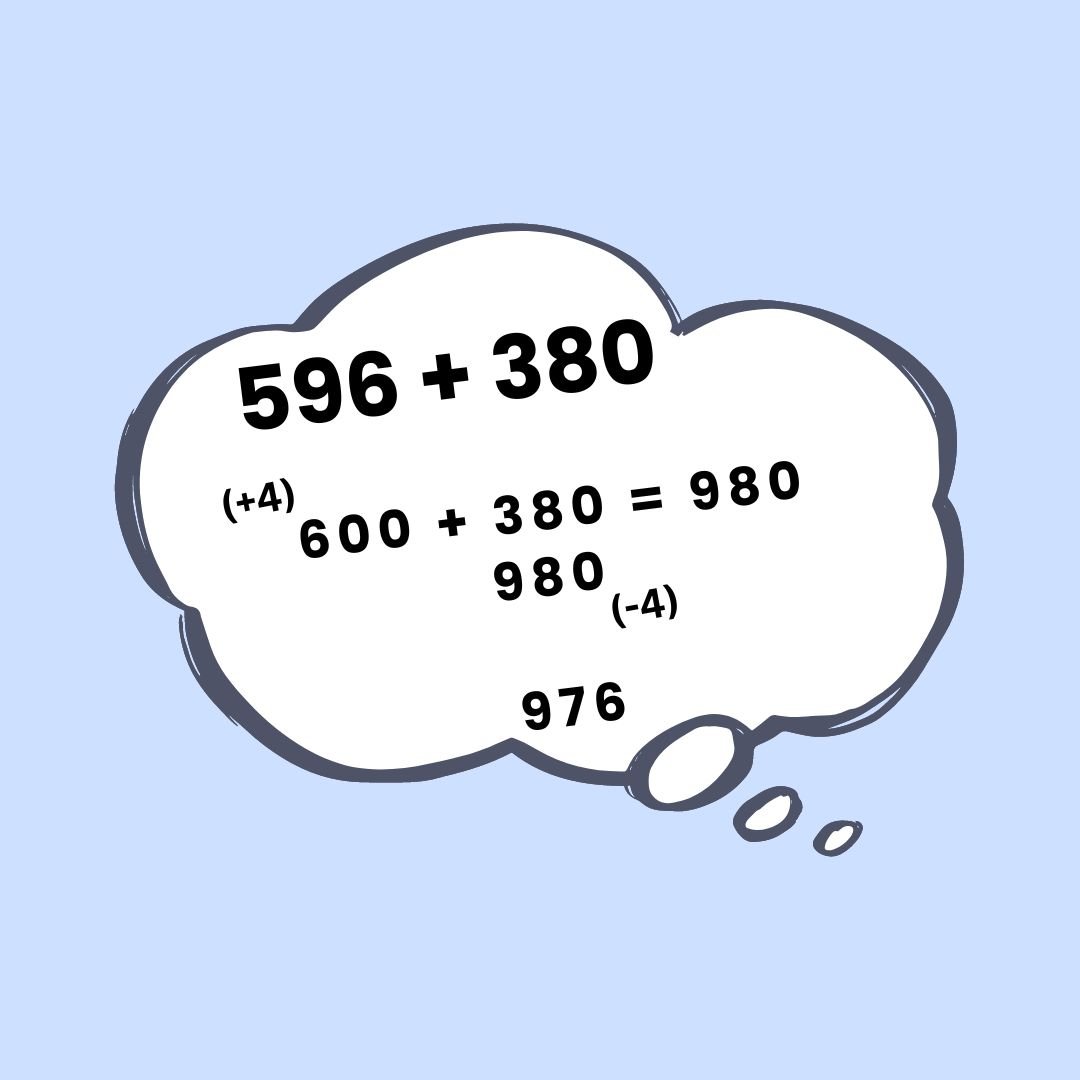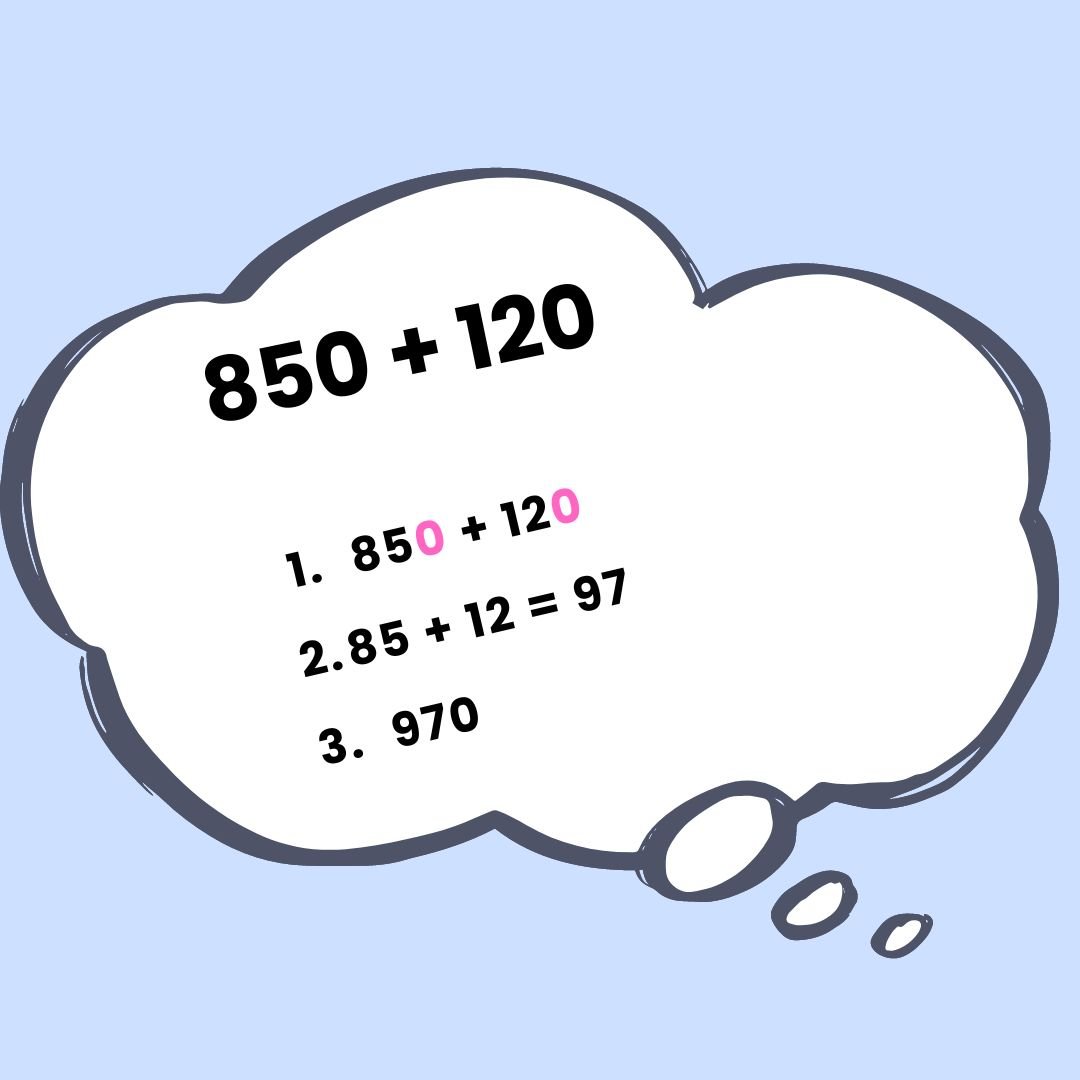
11 Mental Math Strategies | Tips and Tricks for Students
Navigating math problems without a calculator can be challenging, but with the right techniques, mental calculations can become second nature. Whether you’re a student under pressure or just keen to sharpen your math skills, these 13 strategies will make mental math faster and more intuitive.




















